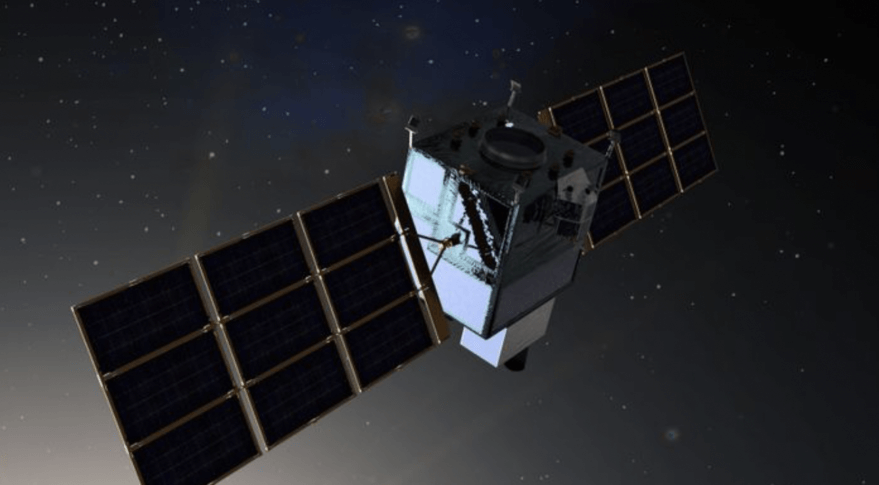
NATIONAL HARBOR, Md. — The U.S. Space Force in its 2023 budget adds billions of dollars for new constellations of missile-warning and missile-tracking satellites. But there is still no clear plan for how the Pentagon will transition from current legacy satellites to a much more distributed architecture of satellites in multiple orbits, argues a new report by the Aerospace Corp.
The report, “Fiscal Year 2023 U.S. Space Force Budget Request: Missile Warning & Tracking Looms Large,” was released Sept. 20 by the Aerospace Center for Space Policy and Strategy.
About $4.7 billion of the Space Force’s $24.7 billion budget request for 2023 is for new missile-defense satellites that the Pentagon argues is needed to detect and track advanced hypersonic missile and glide vehicles developed by Russia and China.
“Over the next few years, the missile warning and tracking programs will weigh heavily in debates about the future of U.S. space systems,” said Sam Wilson, senior policy analyst at Aerospace and author of the report.
He estimated the Pentagon’s budget funds about 135 low Earth orbit (LEO) satellites and 16 medium Earth orbit (MEO) satellites that would work in concert through an integrated ground system.
The 2023 budget “funds efforts across all orbits, with the bulk of the funding being in geosynchronous Earth orbit (GEO) and polar,” Wilson wrote. These include the Next-Generation Overhead Persistent Infrared (Next-Gen OPIR) program with five satellites — three in GEO and two polar satellites.
This budget “ushers in a new approach for missile warning and missile tracking,” said Wilson. Given their size and the number of stakeholders reliant on these programs, he noted, Congress could raise questions about how these complex programs are being orchestrated.
“Although Congress seems supportive of moving to LEO and MEO, there seems to be a lack of consensus on how quickly, and in what manner, DoD should transition to this new architecture,” Wilson noted.
Senate appropriators seem to want to accelerate this transition, he pointed out, cutting some of the funding for next-generation GEO and polar-orbiting systems and nearly doubling the funding for LEO and MEO.
The multi-orbit approach, the report said, “may also be a harbinger for broader emphasis within the Pentagon to develop resilient and defendable architectures for other critical space missions. Such emphasis, if it materializes into more expensive and ambitious programs, could present significant budgetary pressures that DoD will need to balance, which could trigger additional scrutiny and concern from Congress.”
Deconflicting missile-defense projects has been a congressional priority amid concerns that agencies are developing systems in isolation and not coordinating efforts. Last week the Space Systems Command, the Space Development Agency and the Missile Defense Agency announced they formed a new program office to synchronize satellite procurements.